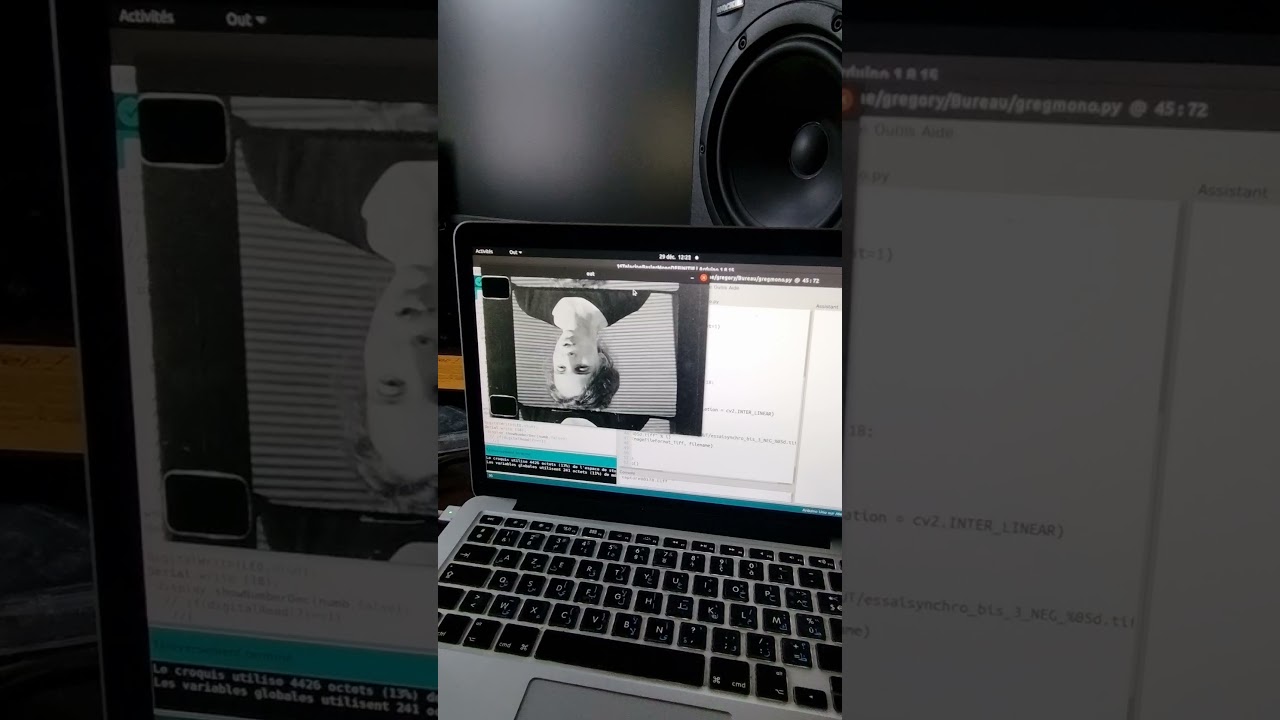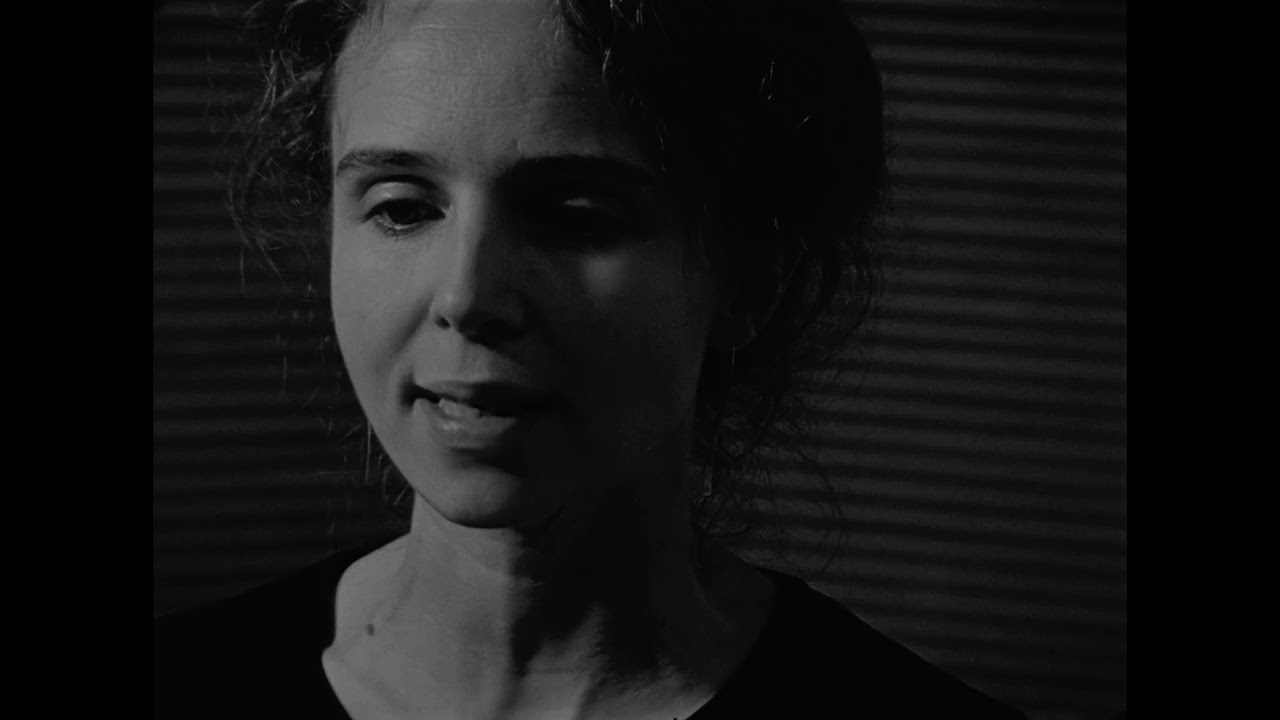Bonjour Dominique !
So, it’s hard for me me explain the software as my program is a kind of copy/paste/try mutant-puzzle  but i’ll try:
but i’ll try:
For preview/focus/exposure I use the PylonViewer app, provided by Basler, simple and perfect to just use the exposure control and the zoom to focus in.
I use the arduino UNO to drive the stepper, power/input the RGB LED and the laser/cell reading, plugged in usb in my computer.
The cell is plugged in Analog INPUT, with a 4.7kOhm resitance making the reading more clear (more amplitude in the reading on the serial plotter). I have a reading with the serial plotter from arduino so I can have a reading and program the value for the sprocket holes for positives/color neg and, most difficult for me, b&w negatives with really clear leader.
The arduino software is simple:
The stepper turn till the laser ‘see’ the sprocket hole → when the cell read the value for the hole–>STOP
The stepper stops
IF IT’S MONOCHROME:
The arduino send a simple Serial message to my Computer.
IT IT’S RGB:
The LED turn red (I can fine tune the intensity for a king of White blance) → Serial Message 1
wait
The LED turn Blue → Serial Message 2
wait
The LED turn Green → Serial Message 3
wait
Then the stepper moves a few steps to ‘go out’ from the sprocket hole… and that’s the end of the loop, back to the first step.
The program on the computer is a Python program using PyPylon for my Basler Cam.
In Monochrome it’s quite easy. I just choose the exposure value, and then, when the serial message arrives, the computer take an image and save it as a TIFF (never found how to do a DNG). Everything with PyPylon. I use OpenCv only to create a frame and see what’s happening on my screen
In RGB, I shot the 3 images with Pypylon (R, G and B) and use OpenCV MERGE to create the 8 or 16bits color image and save it.
Then I put everything in Resolve, export a 8K prores to have all the frame on the screen (I capture at 5472 x 3648 px), make a big level curve for 16BITS color that are reaaaally dark, delete the TIFF files (125Go for monochrome and 230Go in 16bits color…crazy), and then use the .mov file to make stab and grading in a much lower resolution (it’s to slow to stabilize directly the 3600 TIFF FILES) but i keep the 8k .mov as an archive, and to take stills for my photographic work too.
I can share the programs but I’m ashamed as it’s total anarchy (but it works…  )
)
I still have some problems/frustration:
-No DNGs. Tiff are Ok but I realize that building this machine drives me crazy and I become some kind of perfectionist (that I’m not in my life).
-Sometime the light of my LED is unstable… so I have some flicker in my videos… I’m stil not 100% sure if it’s my 16mm cam (Krasnogorsk-3), my processing of the film (in a Lomo tank) or a problem with the scan… I have to find a ‘real’ professional 16mm movie to try and see…but one image on 2 is often slightly over (or under) exposed. It’s hard to see on the screen, but the histogram is clearly telling it and the result is flickering. Not a big deal with the ‘Anti flicker’ plugin from Resolve but quite frustrating and it take one more step when it happens. As I never understood anything in electricity perhaps I would have to power everything with someting else that the 5V from the arduino…
I hope I’ve answered the questions, if you want my softwares I’ll do a copy/paste
Cheers !!!
Gregory
![]() :
:![]() ):
):


 but i’ll try:
but i’ll try: